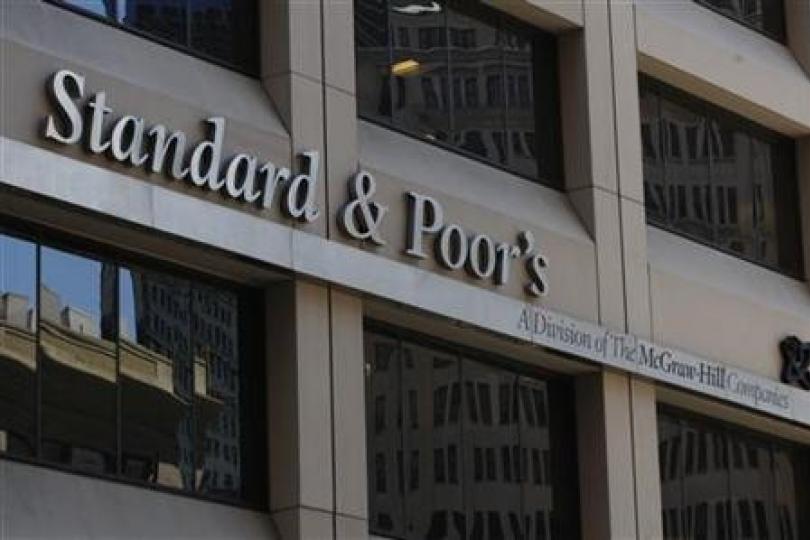
The American credit rating agency has reaffirmed its 'BBB-' rating for Hungary and continues to recommend Hungary for investment.Continue reading

Although the Central Bank of Hungary has started easing in lending in recent months, we are still far from seeing a meaningful pick-up in lending, and this is likely to remain the case for the time being. The central bank has been aiming for a positive real interest rate for some time, so lending is likely to be replaced only by inflows of foreign working capital, reports Világgazdaság.
It was not by chance that György Matolcsy, Governor of the Hungarian National Bank, said last September that “there is no point in going further than double-digit base rates,” as lending would essentially cease at rates above 10%, making it impossible for economic agents to access fresh funds.
It is a different matter that the central bank was then forced to go further – because of the forint’s slide in October – to the extreme of raising the policy rate to 18%. Meanwhile, the still extremely high base rate of 13% remained untouched.
Given that the housing market and the construction industry have already been hit by these interest rates,
it is legitimate to ask whether growth is possible at these levels, and more specifically, what will be the source of growth?
Dániel Molnár, head of the Macronome Institute, noted that now that inflation is moderating at an accelerating pace, it is natural that economic agents would like to see interest rates fall quickly, but growth is only secondary for the national bank in the current situation. The expert said they should also be prepared for a return to the low, zero interest rates as
the era of easy money is over, and companies and households will have to come to terms with higher lending rates.
If the central bank lets inflation ease because of the worsening outlook, this could lead to persistently higher inflation, and could only be brought down by an even tighter interest rate policy than now.
In the current situation, the only lifeline may be the government lending programs, which the central bank itself criticizes as worsening monetary transmission. However, without the Baross Gábor Capital and Loan Program or the Széchenyi Card Program, domestic firms would have been in a very difficult situation and the downturn would certainly have been worse.
Molnár recalled that as the central bank is trying to suppress inflation through a drastic tightening of the money supply, this is certainly not likely to happen this time.
On the growth side, this could be mostly offset by inflows of foreign direct investment (FDI), on which the government appears to be increasingly relying in the absence of EU funds. The 4% growth expected next year will be driven by a surge in private investment, clearly driven by FDI.
According to the convergence program, FDI by large companies will exceed HUF 9,100 billion (EUR 240 billion) over the next three years, and the additional capacity they will create could boost Hungary’s export performance by some HUF 27-46 thousand billion (EUR 71-121 billion) a year,
which is in the order of 49-82% of current annual Hungarian merchandise exports. All in all, in the coming years, the above investments alone could generate an aggregate GDP surplus of 14-19 percentage points.
Via Világgazdaság, Featured image via Facebook/Audi Hungaria Győr